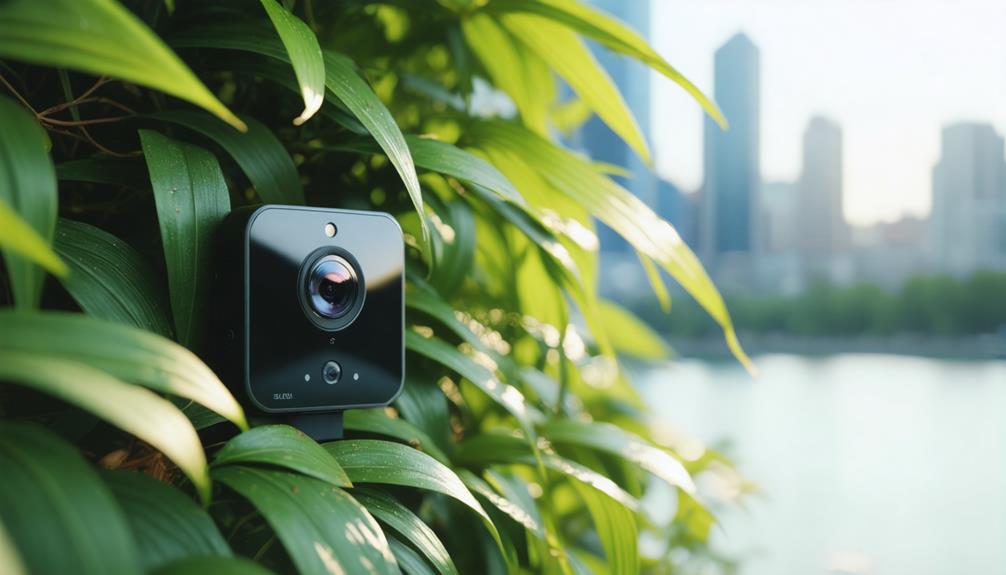
Brainstorm Security Shop

For Orders Over $199

On Any Of Our Products

Details On Refund Page
Have you ever wondered how motion detection cameras are transforming the way you experience sports events? These devices, equipped with cutting-edge technology, capture every minute detail and rapid movement effortlessly, ensuring that not a single moment of the game is missed. Whether it’s analyzing an athlete’s performance or enhancing your viewing experience with super-slow replays, these cameras are becoming indispensable in the sports industry. But beyond just recording, how are these advancements influencing the future of sports broadcasting and athlete training? Consider the implications of real-time data and AI enhancements that are starting to permeate this field.
Motion detection technology is pivotal in enhancing your experience at sports events. At the heart of this innovation, you’ll find sensor technology and image processing working seamlessly to capture every thrilling moment.
Imagine you’re watching a fast-paced soccer game; this technology ensures you don’t miss a single detail. Sensors deployed around the venue detect movement with incredible precision. These aren’t just any sensors; they’re designed to handle the dynamic, unpredictable nature of sports.
Whether it’s a sudden sprint or a quick change in direction, the technology keeps up. Following detection, the real magic happens with image processing. This step is crucial as it interprets the data captured by the sensors and transforms it into a visible spectacle for you.
It adjusts the focus, sharpens images, and even enhances the lighting, making sure you see every play in the best possible quality. You’re not just a spectator; you’re now closer to the action than ever before.
This technology doesn’t just show you the game; it immerses you in it, making you feel every pulse-pounding moment. It’s not just watching; it’s experiencing the game as if you’re right there on the field.
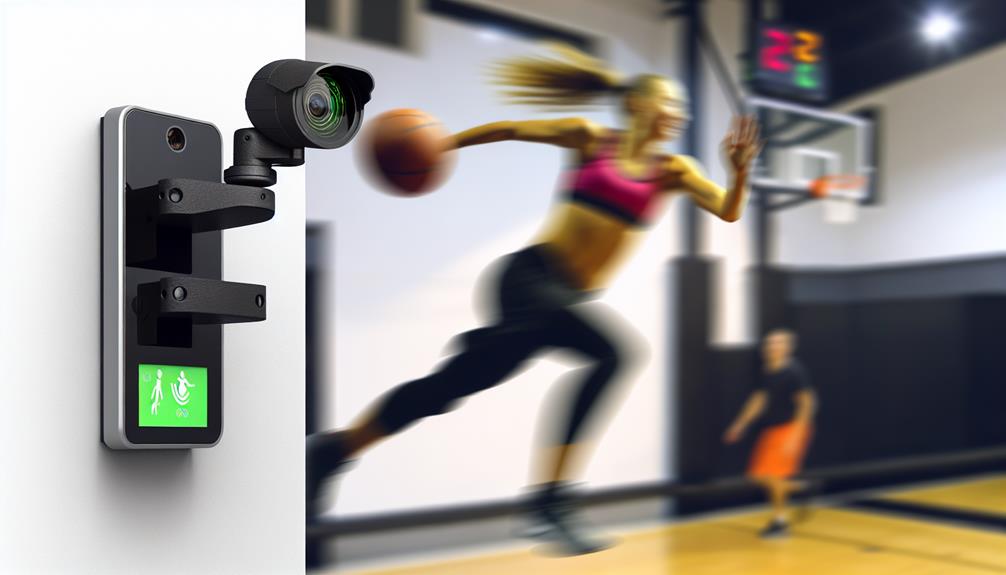
As you explore the world of sports cameras, consider how a high frame rate capture can significantly enhance the clarity and detail of fast-moving action.
Another crucial feature to look out for is the wide-angle lens, which allows you to capture a broader view of the event, ensuring you don’t miss any critical moments.
These features combine to provide a comprehensive visual experience that’s vital for analyzing and enjoying sports events.
High frame rate capture is essential in sports cameras, providing the clarity and detail needed to catch every fast-moving moment. When you’re tracking players sprinting down the field or capturing a high-speed tennis serve, your camera’s ability to record at high frame rates ensures that every motion is crisply rendered, eliminating any traces of motion blur. This capability isn’t just a fancy add-on; it’s a critical feature that allows you to analyze plays and movements with precision.
With high speed recording, you’re not just watching the game; you’re immersing yourself in the dynamics of each action. This feature minimizes the blur that typically accompanies rapid movements, so when you play back the footage, what you see is as close to the live experience as possible. It’s all about capturing the game in its purest form, allowing fans and coaches alike to appreciate the nuances of every play.
Moreover, the higher the frame rate, the smoother your slow-motion replays will be. Slowing down the footage doesn’t mean sacrificing quality. Instead, you get a detailed, frame-by-frame breakdown of the action, perfect for post-game analyses or sharing those highlight-reel moments.
High frame rate capture doesn’t just record the game; it enhances it.
Capturing the entire field or court in one shot, wide-angle lenses are indispensable in sports photography and videography. When you’re capturing fast-paced action, you need a lens that can handle everything happening in the game. Wide-angle lenses excel in providing extensive field coverage without needing to constantly move your camera. This means you get a comprehensive view that’s crucial for both live broadcasts and post-game analysis.
However, you’ve got to be mindful of the distortion effects typical with wide-angle lenses. Objects on the edge can appear stretched or skewed, which might give a less accurate representation of distances or player positions. But don’t worry, with a bit of practice, you’ll learn to position the camera to minimize these effects, or you can use software to correct them post-shoot.
Here’s a quick breakdown of why wide-angle lenses are a game-changer:
| Feature | Benefit |
|---|---|
| Broad Field Coverage | Captures more action with less movement |
| Enhanced Depth of Field | Keeps more of the scene in focus |
| Distortion Control | Techniques to manage edge stretching |
| Versatility | Useful in varied sports settings |
| Immersive Experience | Provides viewers a sense of presence |
With wide-angle lenses, you’re not just capturing moments; you’re immersing your audience right into the heart of the action.
When integrating motion detection cameras in team sports, you immediately unlock a range of strategic benefits. These sophisticated tools enhance your understanding of team dynamics and play a crucial role in injury prevention. By analyzing movements in great detail, you gain insights into how players interact on the field, helping coaches devise better strategies and foster a more cohesive playing style.
These cameras capture every minute detail during games and practices, allowing for a deeper analysis of player interactions and positioning. You can see patterns that were previously obscured in the chaos of live play, making it easier to identify strengths and weaknesses in team formations. This real-time data is invaluable for making tactical adjustments during matches.
Furthermore, the precise motion tracking helps in monitoring players’ physical conditions, significantly aiding in injury prevention. By observing the nuances of each player’s movements, you can catch early signs of fatigue or stress on the body. This information is critical for managing players’ health, ensuring they’re performing at their best while minimizing the risk of injury.
With these cameras, you’re not just watching a game; you’re actively protecting your team and enhancing their potential for success.
As you explore the potential of motion detection cameras, consider how they can revolutionize athlete training by analyzing performance metrics.
These tools allow you to make real-time adjustments to technique, ensuring that athletes can optimize their movements during practice sessions.
This targeted feedback mechanism can dramatically enhance training efficiency and effectiveness.
The integration of motion detection cameras into sports training has revolutionized how coaches analyze performance metrics, significantly enhancing athlete training programs. You now have access to detailed, precise data that wasn’t available before. The cameras capture every minute detail of your movements, transforming them into valuable insights through sophisticated performance analysis.
With this technology, your coach can dissect your actions in real-time, pinpointing exactly where improvements are needed. The data interpretation goes beyond traditional methods. It involves analyzing the biomechanics of your movements, your speed, and even your endurance over time. This isn’t just about counting how many times you can perform a task, but understanding how efficiently and effectively you’re performing each movement.
As you train, the continuous feedback helps to refine techniques and correct form. It’s like having an extra set of eyes that never miss a beat.
The analytics provided can predict potential areas of risk too, allowing for preemptive adjustments to your training routine, thereby reducing the chance of injury.
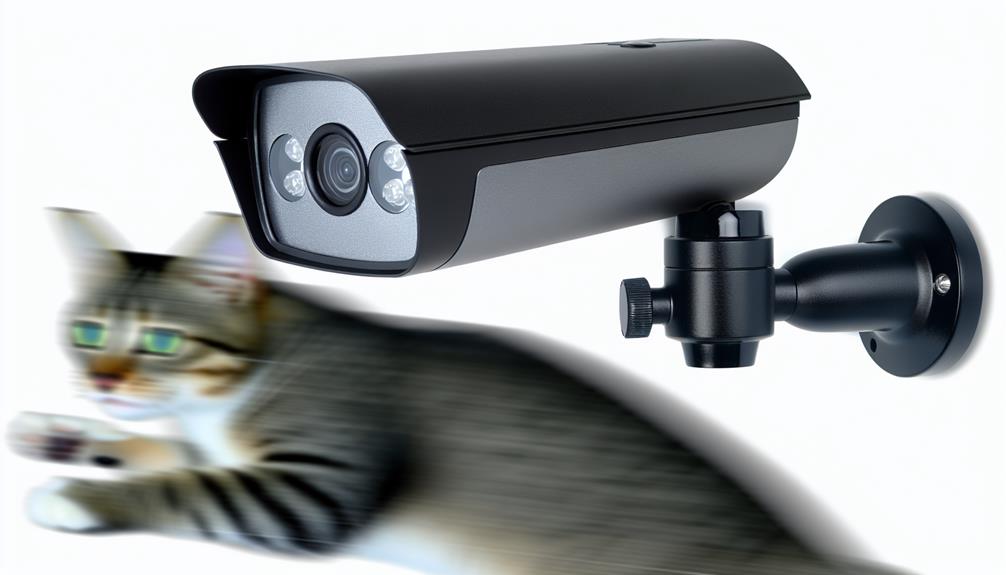
Building on the detailed analytics provided by motion detection cameras, real-time technique adjustments significantly enhance your training. As you train, these cameras capture every move, providing feedback that’s not just comprehensive, but instantaneous. This means you can make adaptive adjustments on the fly, refining techniques during practice sessions rather than after.
Here are three ways real-time feedback revolutionizes your training:
With motion detection cameras, every session is an opportunity to evolve. You’re not just practicing; you’re perfecting your technique with every move you make, thanks to the cutting-edge technology of real-time feedback and adaptive adjustments.
Motion detection cameras have revolutionized game officiating in sports events, making the adjudication process more accurate and less controversial. These high-tech tools ensure fair play by providing clear, undeniable evidence that supports referees’ decisions. You’ve seen how instant replays, facilitated by these cameras, can clarify contentious calls in seconds, significantly boosting decision accuracy.
The integration of this technology into sports officiating doesn’t just support the referees; it preserves the integrity of the game. Every time a camera catches a moment that human eyes might miss, it reinforces the reliability of the outcomes. This tech isn’t just about catching mistakes—it’s about creating a transparent environment where players and fans alike trust the fairness of the competition.
Referee assistance through motion detection cameras means that officials can focus more on managing the game flow and less on making split-second judgment calls. They’ve got a digital backup that rarely misses a beat, ensuring that every call contributes to a fair contest.
You probably appreciate watching a game where the technology blends seamlessly with human oversight, enhancing the sport rather than overshadowing it. This is how technology integration should always work, preserving the spirit and the integrity of the game.
How has your viewing experience changed with the advent of motion detection cameras at sports events? You’ve likely noticed a dramatic shift in how you engage and interact with your favorite sports.
These innovative cameras have revolutionized fan engagement and provided a more immersive viewing experience. Let’s delve into the specifics:
These advancements ensure that every game you watch isn’t just viewed but truly experienced, redefining what it means to be a sports fan in today’s digital age.
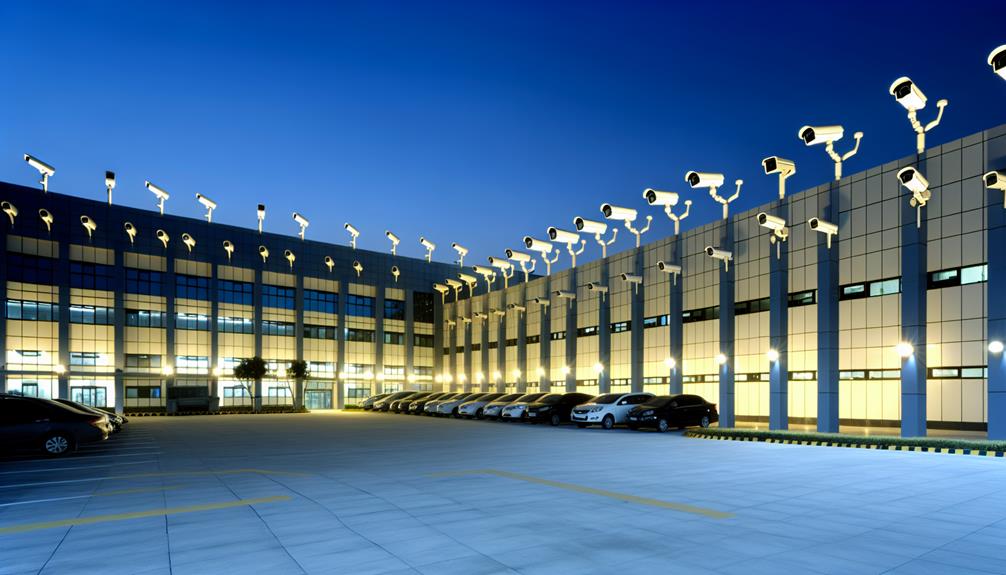
When selecting the ideal motion detection camera for sports events, it’s crucial to consider several key factors to ensure you capture every thrilling moment with clarity and precision.
First, think about the camera brands available. Top brands often offer advanced features that can significantly enhance your footage, such as higher frame rates for smooth slow-motion replays and superior low-light performance essential for evening games.
Budget considerations are equally important. Determine how much you’re willing to spend as prices can vary widely. Remember, investing in a high-quality camera may cost more initially but can save you money in the long run due to durability and better features.
It’s worth comparing different models within your budget to find the best value.
You’ll also want to look at the camera’s resolution and sensor size – larger sensors generally provide better image quality, especially in challenging lighting conditions.
Additionally, consider the ease of use and connectivity options. A camera that integrates easily with other equipment and offers straightforward operation will make your life much easier during hectic sports events.
Choosing the right camera involves balancing these aspects to find the best fit for your specific needs in sports event coverage.
Technological advancements are rapidly transforming the landscape of motion detection in sports cameras. As you delve into the future of capturing every thrilling moment in sports, you’ll notice several key trends that’ll not only enhance the viewing experience but also revolutionize how events are analyzed and enjoyed.
Here’s what you need to watch out for:
Plus, improved data visualization tools will help teams and coaches make quicker, informed decisions.
These innovations are set to boost fan engagement and transform how you interact with your favorite sports through more dynamic and accessible content.
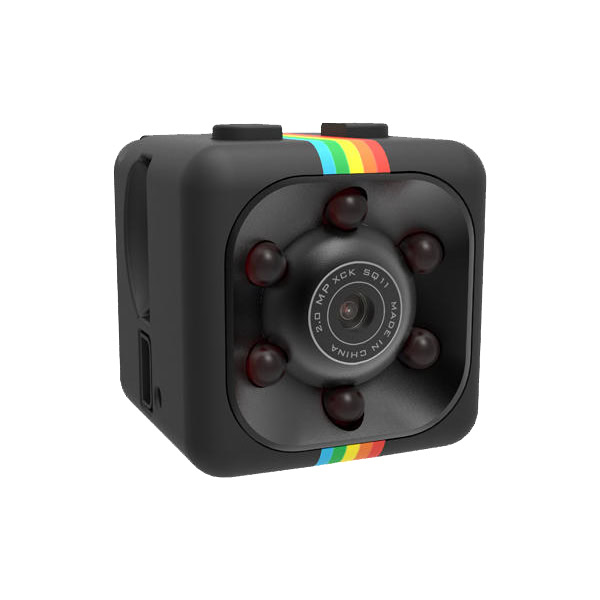
You’re likely wondering how well these cameras hold up in bad weather.
Well, they’re built to endure. With enhanced durability features, they resist water and dust effectively, ensuring the image quality isn’t compromised by rain or wind.
Whether you’re dealing with a drizzle or a downpour, these cameras keep functioning smoothly, capturing clear images without fuss.
Yes, motion detection cameras are generally easy to install.
Many user reviews highlight the straightforward setup process, often just involving mounting the camera and connecting it to a power source.
You’ll find plenty of installation tips online that can guide you through the process, step-by-step.
It’s usually a DIY task, so you won’t need professional help.
Just follow the manufacturer’s instructions carefully, and you’ll have your camera up and running in no time.
Yes, you can capture nighttime sports events effectively with the right cameras.
They’re equipped with infrared technology and superior low light performance, ensuring clear footage even in minimal lighting.
Whether you’re recording an evening soccer match or a late-night tennis session, these features guarantee you won’t miss a moment.
Just make sure the model you choose is designed for dim conditions to get the best results.
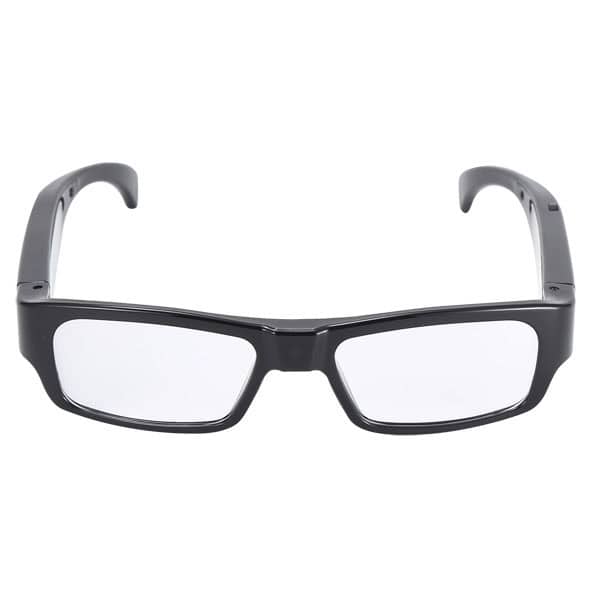
You’re probably wondering about the battery life of a typical sports camera.
On average, you can expect it to last about 2 to 4 hours, depending on the model and settings used. Incorporating efficient power management strategies can significantly enhance battery performance, allowing longer use.
Always check the camera’s specs for specific battery life details, and consider carrying extra batteries if you plan to shoot for extended periods.
Yes, many sports cameras support live streaming.
You’ll find that this feature depends heavily on the camera model and its compatibility with various streaming platforms.
Before purchasing, check if the device meets your specific live streaming needs.
Additionally, ensure your internet connection is robust enough to handle streaming to avoid any disruption during broadcast.
This functionality is perfect for sharing real-time events and engaging with audiences instantly.
As you explore the dynamic world of sports through motion detection cameras, you’ll notice the game-changing benefits. They not only refine athletes’ training and enhance game officiating but also elevate your viewing experience. When choosing the right camera, consider features like high frame rates and AI capabilities. Stay tuned for future trends, as augmented reality and further AI integration promise to revolutionize how you watch and understand sports. Dive into this tech to truly transform your sports encounters.
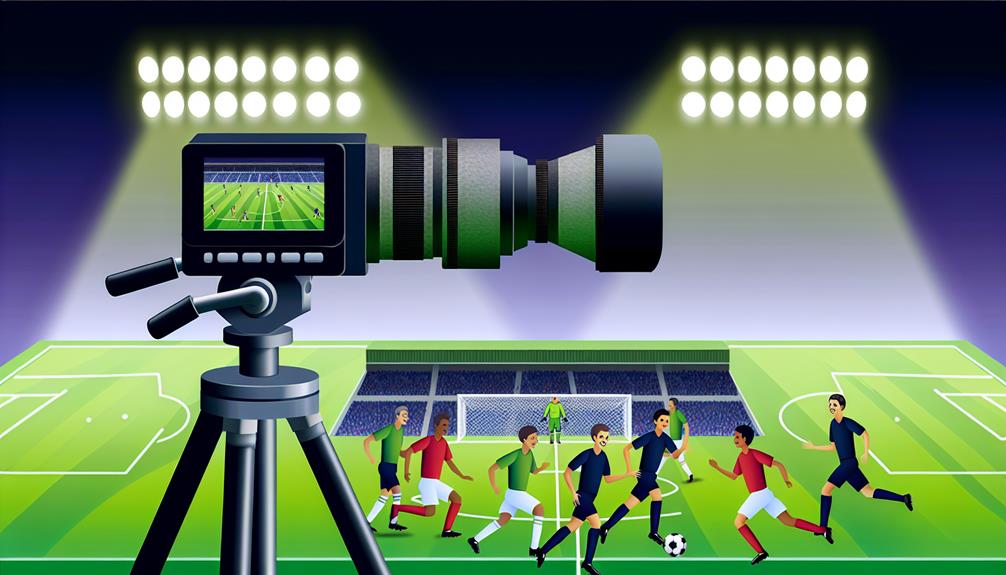
Brainstorm Security Shop
1867 Caravan Trail
Ste 105
Jacksonville, FL 32216
Call us toll free: (800) 859-5566